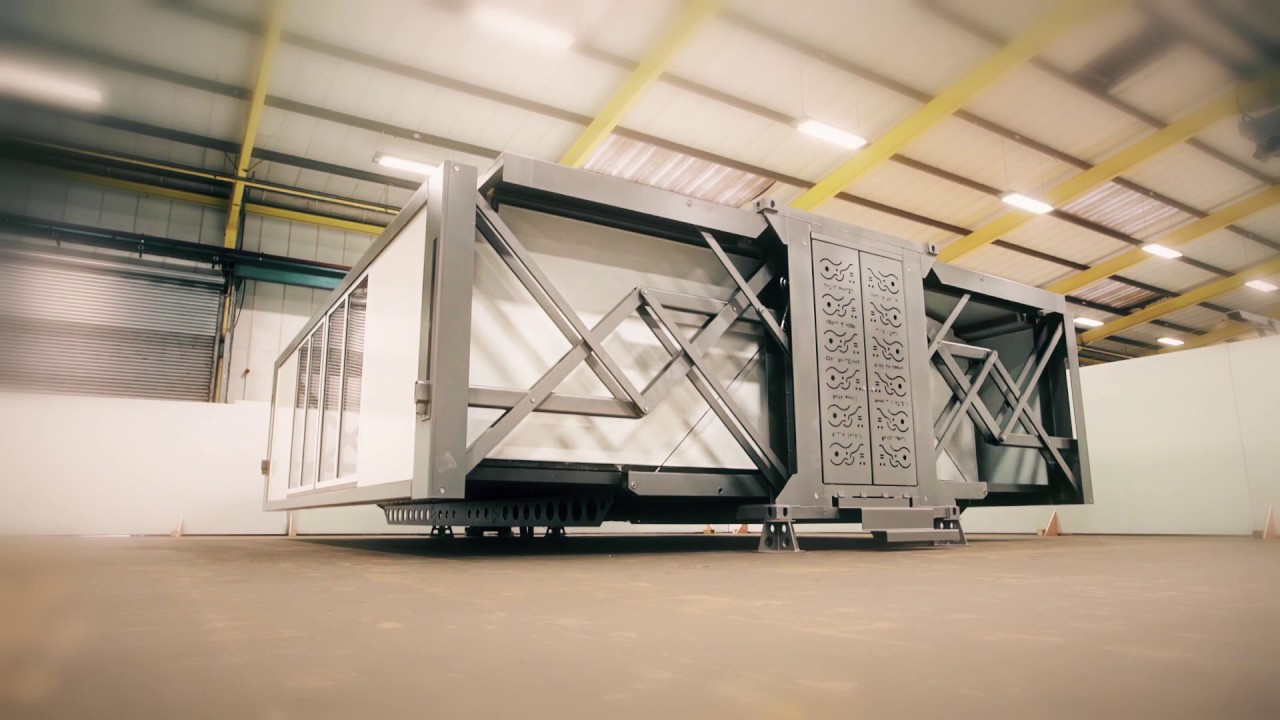Beyond Cement: Fly Ash as the Construction Material of the Future
Scientists at South Korea’s Ulsan National Institute of Science and Technology have developed a new construction material that promises to be “greener, stronger and more durable” than traditional concrete cement. We find out more
A by-product of coal-fired power plants, fly ash has long been seen as a waste material of little value. However, scientists at Ulsan National Institute of Science and Technology (UNIST) have developed it into a binder material that is now seeing commercialisation, and its potential for the industry is significant.
Remarkably, the material was developed by an undergraduate student at UNIST: Dongho Jeon, from the School of Urban and Environmental Engineering.
He initially set out with the goal of reducing environmental pollution, but a research internship with UNIST’s Professor Jae Eun Oh saw this evolve into a plan to develop an eco-friendly construction material using industrial by-products.
Dr Victor Pineda, urban planning expert, leading disability advocate and president of World Enabled. Image courtesy of the Hass Institute, University of California, Berkeley
Turning fly ash into a construction material
Fly ash is a plentiful waste material in South Korea due to the abundance of coal power plants, however in its raw form it has some qualities that make it ill-suited for construction.
“The fly ash generated in coal fired thermal power plants in South Korea tends to exhibit lower reactivity, which results in a significant decrease in strength,” says Jeon.
“To resolve the issue with the low reactivity, I thought of various ways to enhance the intensity of the existing fly ash.”
The solution was to harness a chemical reaction to strengthen the material, improving its potential for the purpose.
“In search for solution, the idea of using the reaction to form the chemical compound calcium carbonate (CaCO3) could improve the compressive strength of fly ash,” he adds.
“I was unfamiliar with this work at first, but Professor Oh willingly helped me with the research.”
Zero-cement fly ash binders
The resulting material contains no cement, and offers improved strength and durability over conventional binder materials.
“The new cement binder technology exhibits high intensity even with short curing times, thus achieving both price competitiveness and lightness which are essential in the construction field,” explains Oh.
“This was largely due to the efforts and dedication of the people, like Dongho Jeon who work alongside me.”
“ The new cement binder technology exhibits high intensity even with short curing times.”
Furthermore, it offers strong environmental credentials due to its use of a waste material, which helped net Jeon the Excellent Presentation Award at the 2018 Spring Symposium of Korea Concrete Institute in May.
Now, however, the material is being commercialised through a technology transfer with Hawoo Eco-friendly Construction Materials.
The company is now developing a specialist factory to produce the material en-mass, meaning it will soon be available to use in building projects.

